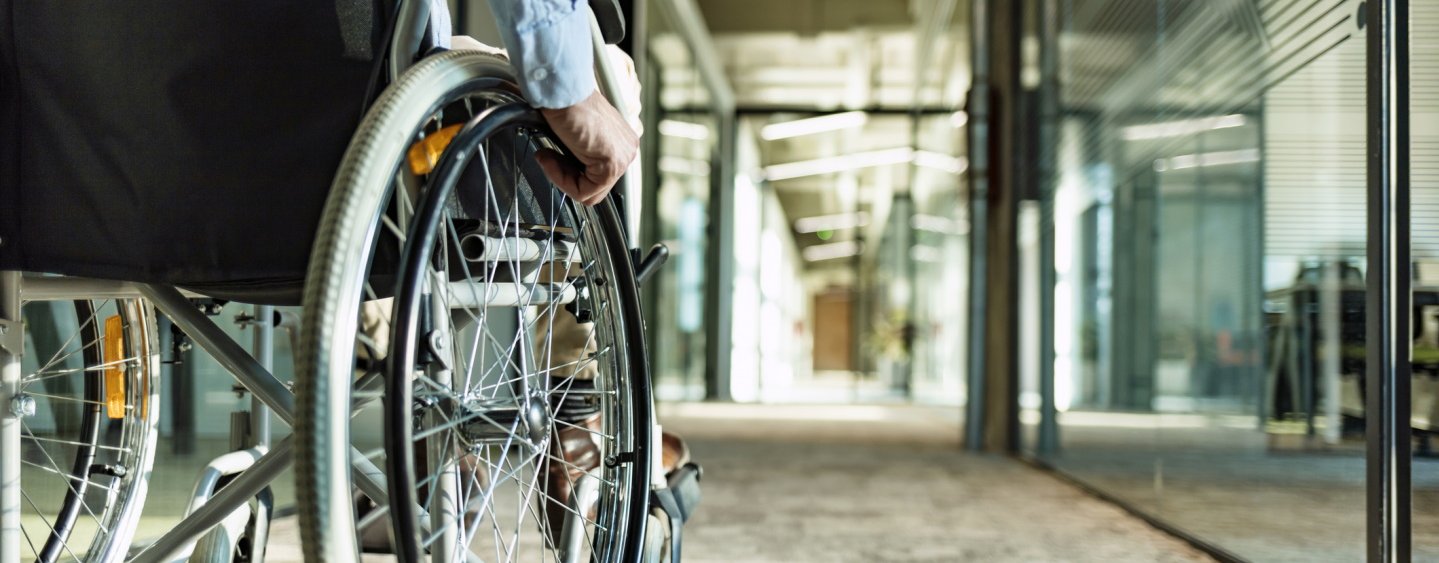




Benefits of universal design
The design concepts and solutions provided by universal design make sense for any home. They make the house:
- easier for anyone to occupy without needing to modify layouts
- safer and easier for everyone to use, including young children and elderly people
- easier to access by people using mobility aids, including those with temporary injuries
- easier for visitors who are differently abled or who have young children
- eligible for independent recognition in schemes like Lifemark and Homestar
- more attractive to a wider range of buyers.
Examples of universal design features
Universal design features include:
- wider accessways and thresholds
- level transition zones both inside and outside buildings
- lever handles rather than knob handles for doors and windows
- using drawers instead of cupboards to allow easy access
- easy-to-use drawer handles
- good task lighting in utility zones
- well-placed grab rails in bathroom areas
- non-slip flooring.
Cheaper to build new than to retrofit
BRANZ research has shown that it is considerably cheaper and less disruptive to build universal design features into a new home than to retrofit the same house later. The average extra cost of equipping a new house with universal design features when it is being built is nearly 10 times less than retrofitting the house with these features afterwards.
Read more about these findings in SR263 Lifetime housing - the value case [PDF, 5MB].
Resources
This resource collection is an initiative led by ACC, partnering with the Ministry of Business, Innovation and Employment, Kāinga Ora Homes and Communities, the Ministry of Health, the Office for Disability Issues and BRANZ. The information in these resources complements requirements of the New Zealand Building Code and NZS 4121:2001 Design for access and mobility - Buildings and associated facilities.
-
Universal design dimensioned diagrams
A series of dimensioned diagrams showing practical solutions for most areas both within and immediately external to a home.
View more -
Universal design photo gallery
Images of New Zealand-built homes highlighting the successful application of well integrated universal design features within entry-level homes and more upmarket designs.
View more -
Universal design for houses
This compilation of articles from Build magazine provides comprehensive advice on how to make houses universally accessible.
Download [PDF, 5.2MB] -
Homes without barriers: A guide to accessible houses
This free book is packed with diagrams and advice for building designers, builders, health professionals, homeowners and anyone involved in the design or alteration of houses for those with disabilities or the elderly.
View more -
What is universal design for homes?
A pamphlet to promote universal design to clients.
Download [PDF, 165KB] -
Universal design for access into homes
This BRANZ bulletin (BU662) provides a range of universal design considerations for ensuring the routes to new and existing homes are accessible.
View more -
Universal design for access into homes by vehicle
This BRANZ bulletin (BU663) provides a range of universal design considerations for ensuring new and existing homes are accessible by vehicle.
View more
Updated: 05 April 2024